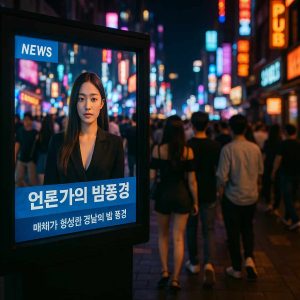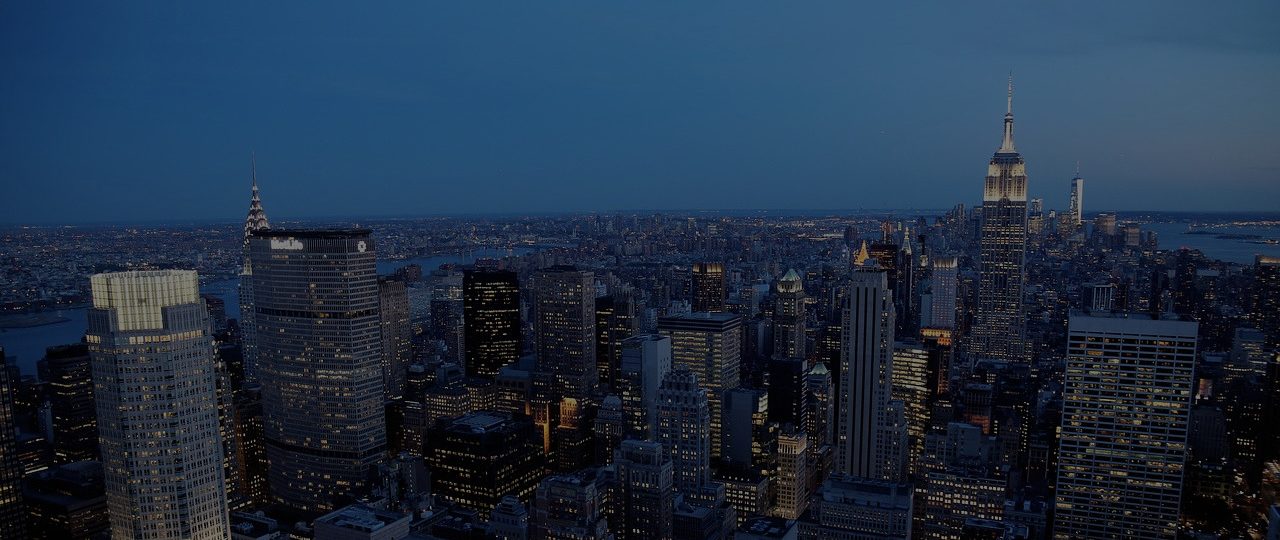 When someone outside Korea hears “Gangnam nightlife,” what usually comes to mind is glitzy clubs, VIP tables, designer bottles, and a stylish crowd dancing well past dawn. That image is not accidental. Through TV shows, news reports, and online content, the media has an important role in shaping how people view Gangnam’s entertainment scene, including how venues like 강남퍼블릭 추천업소 are portrayed. But the picture is more complicated than what appears on screen.
When someone outside Korea hears “Gangnam nightlife,” what usually comes to mind is glitzy clubs, VIP tables, designer bottles, and a stylish crowd dancing well past dawn. That image is not accidental. Through TV shows, news reports, and online content, the media has an important role in shaping how people view Gangnam’s entertainment scene, including how venues like 강남퍼블릭 추천업소 are portrayed. But the picture is more complicated than what appears on screen.
South Korean dramas, variety shows, and reality programs often portray Gangnam as a playground for the elite. Characters visit sleek nightclubs, relax in private VIP rooms, sip champagne, and mingle with powerful figures. These portrayals reinforce two key concepts: Gangnam nightlife is glamorous, and only a select few belong there. Real-life locations often become backdrops for stories about wealth and status.
These portrayals also build what critics call the “hyperbole” of Gangnam nightlife—the idea that everything there is exaggerated, larger than life, and made for social media. Since shows often focus on luxury, audiences tend to either expect a similar level of extravagance or dismiss the nightlife as shallow entertainment.
TV shows also help create trends. When a drama features a high-end lounge in Apgujeong or Cheongdam, that spot may suddenly become a must-visit location. Media works like an indirect guidebook, subtly indicating which places are popular or desirable. What appears on screen can ultimately shape the real nightlife.
News Reports: Scandal, Risk, and Regulation
News outlets tend to focus on extremes, especially stories that are dramatic or controversial. Gangnam nightlife often becomes the subject of crime coverage or social debates, especially after high-profile incidents.
One of the most notorious examples is the Burning Sun scandal, which exposed connections between clubs, police, and allegations of sexual assault and corruption. The coverage revealed the dark sides of nightlife, portraying it as a space filled with risk and moral tension. At the same time, the reports reinforced an image of Gangnam clubs as dangerous and morally questionable.
News stories also highlight problems such as drug use, tax evasion, or club violence. That makes many readers view Gangnam nightlife as a place that is both thrilling and unsafe. Even when the reporting is factual, the tone often overshadows the ordinary experiences of people who simply go out to enjoy music and friends.
The media’s focus usually stays on well-known venues or scandals. Smaller bars, lounges, and local spots rarely appear in coverage, even though they make up most of the area’s nightlife. As a result, the public sees only a narrow slice of the scene.
Online Content: Influencers, Social Media, and User Perspectives
If TV and news shape the big picture, online content refines it. Digital platforms are where perceptions are reinforced, questioned, or reshaped.
Influencers and Vlogs
Travel vloggers and social media influencers often act as guides to Gangnam’s nightlife. Their videos show neon lights, luxury interiors, and bottle service, presenting the area as glamorous and exclusive. Since creators rely on views and sponsorships, they often opt for high-end venues that look great on camera. The result is a loop where the same few clubs repeatedly appear, reinforcing a narrow image of what nightlife looks like.
Consumer Reviews and Forums
User-generated content on platforms like Naver, Reddit, and travel forums offers a unique perspective. Visitors share honest opinions about long lines, high prices, or strict entry rules. These small stories help balance the glossy image with real experiences. However, these posts rarely reach the same size audience as polished influencer content, so they remain secondary voices in the larger conversation.
The Echo Chamber Effect
Online algorithms encourage repetition. Someone who likes videos about luxury nightlife will be shown more of the same. Over time, digital platforms tend to feed users only what they already expect. This creates an echo chamber that makes the glamorous side of Gangnam seem even more dominant than it really is.
How Perception Affects Business and Behavior
The way media portrays Gangnam nightlife shapes how clubs design themselves and how people behave.
- Venue design and branding: Many new venues try to meet “media standards.” They invest heavily in lighting, décor, and social-media-friendly interiors to attract attention online.
- Pricing and exclusivity: To match public expectations, some clubs set high prices, which reinforces the idea that nightlife in Gangnam is only for the wealthy.
- Tourism: International visitors often rely on what they see in dramas or videos, which leads them to a few famous clubs while ignoring smaller, diverse spots.
- Social separation: The emphasis on luxury can create a division on those who can afford to participate and those who cannot.
In this way, media coverage does not just show nightlife—it actively shapes it.
Toward a More Balanced View
Understanding how media shapes perception gives room for more balanced storytelling.
- Show diversity: Media could highlight everyday bars, small music venues, or independent cafés to present a fuller picture of Gangnam’s nightlife.
- Balance risk and reform: News stories can cover safety and policy improvements, not only scandals.
- Lift local voices: Online platforms should give visibility to regular visitors and workers who share authentic experiences.
- Clarify sponsorships: Influencers can be transparent about paid partnerships to help viewers see content more clearly.
Media will always be drawn to spectacle, but spectacle alone cannot tell the full story. Behind the bright lights and luxury branding, Gangnam’s nightlife is made up of ordinary people, local culture, business pressures, and creativity. To understand it truthfully, the media must look beyond the surface and reveal the real mix of glamour, tension, and everyday life that defines the district after dark.


